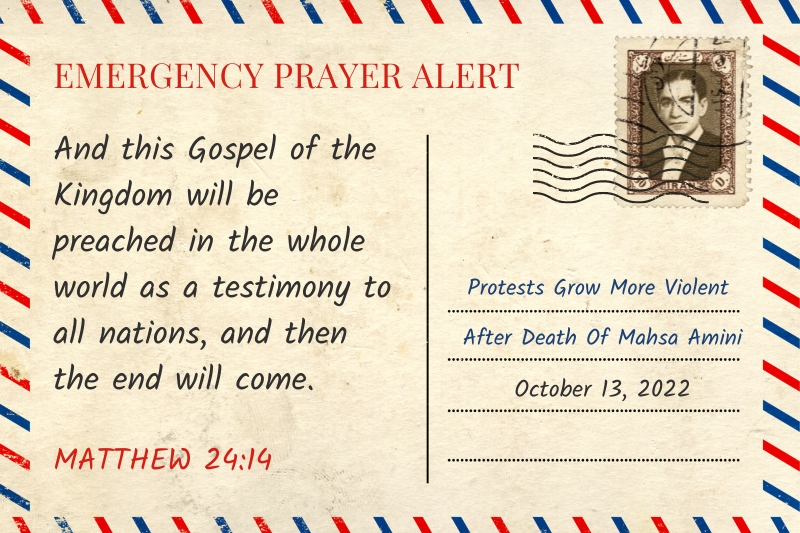Protests Grow More Violent After Death Of Mahsa Amini

September 13 marked a dark and ominous day in Iran. It was the day that the country’s morality police arrested 22-year-old Mahsa Amini for wearing what the police called “immodest clothing.” What was Amini’s crime? She was wearing her head scarf or hajib to loosely – some of her hair was exposed. What happens to a woman when she is arrested by the morality police? She is supposedly “reeducated” and then released to her parents. Only Mahsa Amini did not survive her “reeducation.” She died while in police custody. The police claimed that she had a heart attack. Her father claims that she was in perfect health. How has the public reacted? There are protests everywhere, and rather than dying down, they are increasing across the country and even growing more violent.
Women, in particular, have very openly demonstrated by throwing off their head scarfs and even cutting their hair in public. Iran’s rules on how women should dress were instituted shortly after the country’s 1979 Islamic revolution. Once a country that embraced western styles, Iran was quickly thrown back into the dark ages. To enter a mosque, the dress requirements are even stricter. A woman must wear a chador that covers the entire body, only leaving the eyes visible. Men, too must follow certain guidelines, but they are not nearly so strict as for women.
Who are the morality police: They are usually easily identified by their white vans with green stripes and are often seen at places where pedestrians or young people gather. Some people are merely warned by the morality police, but others are brought to a center where they are “re-educated” on proper dress code for hours – such was the case with Amini. Family members are then called to pick them up. What is the response of government officials to these on-going, often violent protests? They call the protests “recent norm-breaking behavior.” It remains to be seen if Iran will face another revolution in response to its very strict dress codes.

